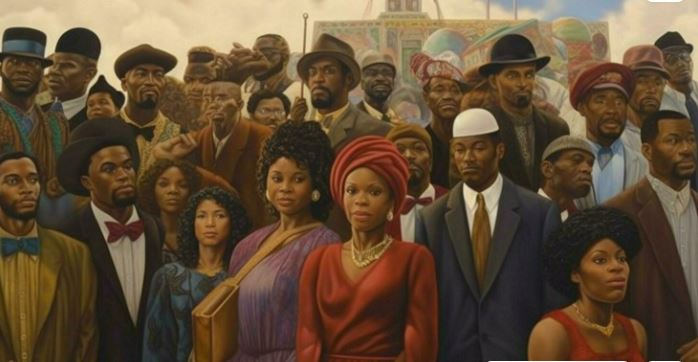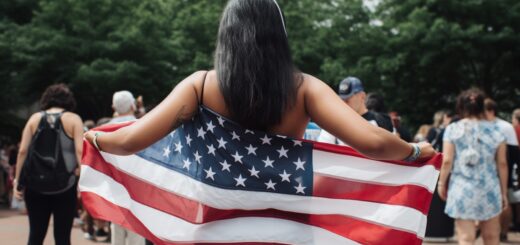The Harlem Renaissance – America

The Harlem Renaissance was a cultural, social, and artistic movement that emerged in the early 20th century, primarily in the Harlem neighborhood of New York City. It was a period of significant cultural and intellectual ferment, with a focus on the African American experience. Here are key points about the Harlem Renaissance.
Historical Background
Timeline
The Harlem Renaissance is generally considered to have occurred from the 1910s to the mid-1930s.
Great Migration
The movement coincided with the Great Migration, during which a large number of African Americans moved from the rural Southern United States to the urban North, seeking better economic opportunities and escaping racial discrimination.
Cultural and Artistic Expression
Literary Renaissance
A flourishing of African American literature occurred, with writers such as Langston Hughes, Zora Neale Hurston, Claude McKay, and Jean Toomer contributing to the movement.
Harlem as Cultural Center
Harlem became a hub for cultural activities, with vibrant nightlife, jazz clubs, theaters, and literary salons.
Jazz and Blues
Jazz and blues music played a central role in the Harlem Renaissance, with musicians like Duke Ellington, Louis Armstrong, and Bessie Smith gaining prominence.
Visual Arts
The period saw a surge in African American visual arts, with artists like Aaron Douglas, Jacob Lawrence, and Archibald Motley making significant contributions.
Social and Political Impact
Race Consciousness
The Harlem Renaissance fostered a heightened sense of racial consciousness and pride, encouraging African Americans to celebrate their cultural heritage.
Civil Rights and Activism
The movement laid the groundwork for later civil rights activism, as artists and intellectuals engaged in discussions about racial identity, social justice, and equality.
Key Figures
Langston Hughes
A prominent poet, essayist, and playwright, Hughes was a leading figure of the Harlem Renaissance, known for his contributions to African American literature.
Zora Neale Hurston
An influential novelist and anthropologist, Hurston’s works, such as “Their Eyes Were Watching God,” are celebrated for capturing the African American experience.
Claude McKay
A poet and novelist, McKay’s work, including the poem “If We Must Die,” addressed themes of racial injustice and resistance.
Aaron Douglas
A visual artist known for his distinctive artistic style that incorporated African motifs, Douglas played a significant role in the visual arts scene.
Legacy
Cultural Legacy
The Harlem Renaissance is recognized as a pivotal moment in African American cultural history, contributing to the broader cultural landscape of the United States.
Artistic Influence
The movement had a lasting impact on American literature, music, visual arts, and intellectual discourse, influencing subsequent generations of artists and thinkers.
The Harlem Renaissance marked a period of artistic and intellectual achievement, providing a platform for African American voices and contributing to a broader redefinition of American culture.








